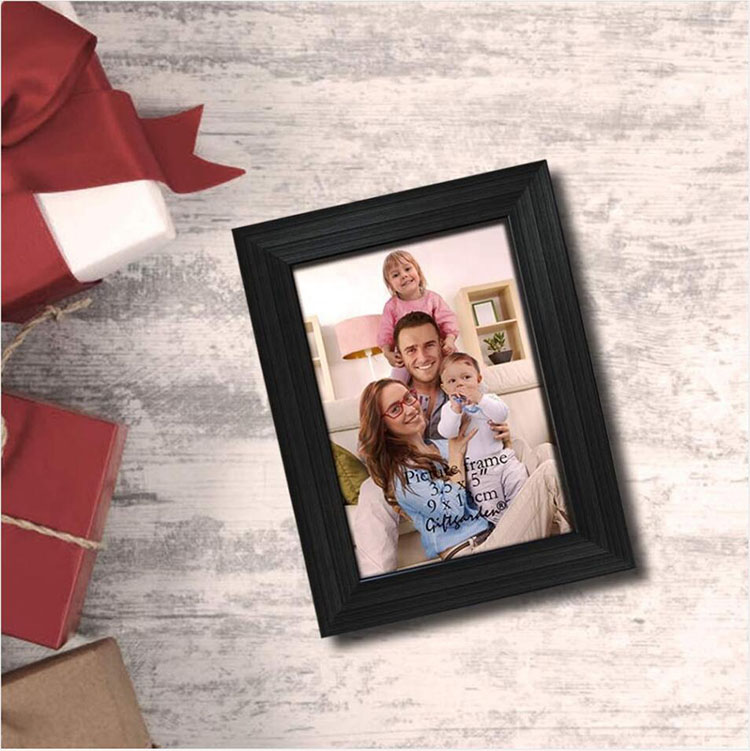In the post-press processing of digital printing, there are many points that need to be paid attention to because digital printed matter has different characteristics from traditional printed matter. These three lessons tell you:
Lesson 1: It is not appropriate to cover the film immediately after printing
Process introduction: Laminating film is a printed product that covers the surface of the printed matter with plastic film to form a paper-plastic combination. Covering a layer of transparent plastic film on the surface of the printed matter can enhance the brightness of the printed surface, wear-resistant, waterproof, heat-resistant, anti-fouling, etc.
Description of the problem: After laminating the film on the digital print, the print will foam. This is because the ink layer of digital printing usually contains silicone oil, and the adhesive cannot penetrate the ink layer normally.
Solution: adjust some processes in the digital printing production process, try to allow the printed matter to be placed for a period of time after printing and then be laminated.
Experience two: die cutting and indentation emphasize accuracy
Process introduction: The process of cutting paper or cardboard for a specific purpose into a certain shape with a certain specification and using a knife to die-cut; using steel wire according to a certain specification, pressing marks on the paper or cardboard to make use of this mark to remove paper Or cardboard to bend, this method is called indentation.
Description of the problem: At present, with the highlighting of the demand for personalized packaging products, small batch size and variable packaging, some packaging products are also printed with digital printing. The bending and bonding of packaged products require die cutting and creasing. The common problems of die cutting and indentation, such as incorrect specifications, skewed or overlapping finished products, are mostly related to inaccurate dimensions.
Solution: The layout size should be calculated in strict accordance with the customer's processing requirements, and the actual samples should be measured and audited to avoid large losses due to errors affecting the use.
Experience three: master the temperature of hot melt adhesive
Process introduction: Binding is the process of folding the printed paper, including illustrations, covers, etc., into book signatures according to different format specifications, after a series of processing procedures such as flattening, gluing, and cutting, and finally into a book. The process is simple, the technology is mature, the cost is low, and the binding efficiency is high.
Problem description: The quality of the binding quality is directly related to the quality and appearance of the book. If the temperature is too high, the rubber is easily aging and does not work; if the temperature is too low, the phenomenon of sticking or jamming occurs.
Solution: When using hot-melt adhesive binding, the hot-melt adhesive should be heated to a certain temperature before production, generally controlled between 150 ~ 200 ℃, the best temperature is 170 ~ 180 ℃ and the temperature should be kept stable.
A picture frame is a protective and decorative edging for a picture, such as a painting or photograph. It makes displaying the work safer and easier and both sets the picture apart from its surroundings and aesthetically integrates it with them.
A picture frame is a container that borders the perimeter of a picture, and is used for the protection, display, and visual appreciation of objects and imagery such as photographs, canvas paintings, drawings and prints, posters, mirrors, shadow box memorabilia, and textiles.

Traditionally picture frames have been made of wood, and it remains very popular because wood frames can provide strength, be shaped in a broad range of profiles, and allow a variety of surface treatments. Other materials include metals, e.g. silver, bronze, aluminum, and stiff plastics such as polystyrene.
A frame surface may be of any color or texture. Both genuine gilding and imitation gold remain popular, although many other surfaces are to be found in most framing establishments. Some picture frames have elaborate moldings, which may refer to the subject matter. Intricate decorations are often made of molded, then gilded plaster over a wood base.
Picture frame mouldings come in a wide variety of profiles, generally in some sort of L shape with an upward "lip" and a horizontal rabbet. The rabbet functions as a shelf to hold the frame glazing (if any is to be used), some sort of spacer or mat/matte to keep the object safely behind the inner surface of the glazing, the object itself, and backing boards to protect the object from physical damage and environmental pollutants. The lip extends a proportionate distance up from the edge of the rabbet. It restrains materials in the frame and can be used to help set off or reveal the picture aesthetically.
Wooden Photo Frame,Picture Frame,Wood Photo Frame,Wood Picture Frame,Customized Photo Frame
Jinan Tri-Tiger Technology Development Co., Ltd , https://www.tritigercn.com
